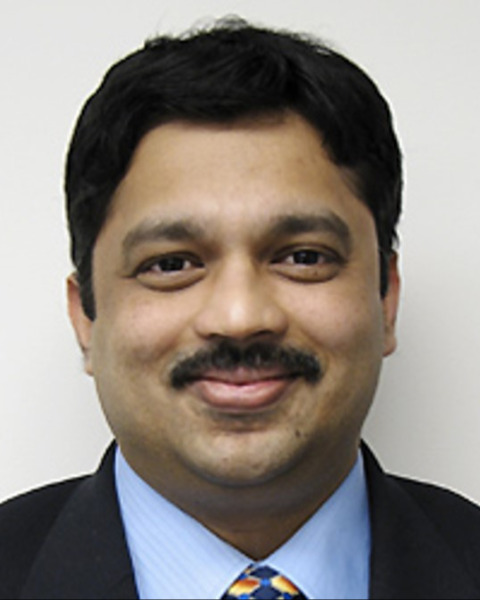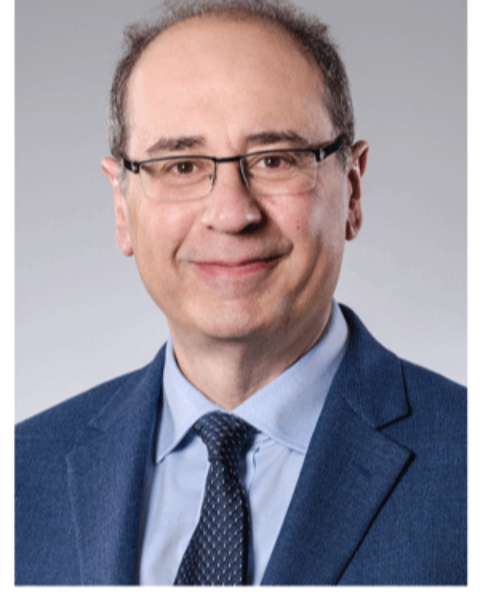New Innovations, New Techniques and New Technologies
Hemorrhage Control and Resuscitation: New Tools.
-

John Hess, MD, MD, MPH, FACP, FAAAS
Professor of Laboratory Medicine and Pathology, Medicine and Hematology
University of Washington School of Medicine
Seattle, Washington, United StatesDisclosure(s): AABB Press: Author royalties (Ongoing); Hemerus, LLC: Consultant/Advisory Board (Ongoing); Medcura, Inc: Stock Shareholder (self-managed) (Ongoing); UpToDate: Author royalties (Ongoing)
-

Srinivasa Raghavan, PhD
Professor of Chemical & Biomolecular Engineering
University of Maryland, College Park
College Park, Maryland, United StatesDisclosure(s): No financial relationships to disclose
-

Jose Cancelas, MD, PhD (he/him/his)
Executive Director, Connell and O'Reilly Families Cell Manipulation Core Facility
Dana-Farber Cancer Institute, Harvard Medical School
Boston, Massachusetts, United StatesDisclosure(s): Fresenius Kabi: Consultant/Advisory Board (Ongoing); Hemanext: Consultant/Advisory Board (Terminated, June 2, 2024); Hemerus LLC: Consultant/Advisory Board (Ongoing), Grant/Research Support (Ongoing); PLATEFUSE: Patent holder (Ongoing); PRESERVATION BIO: Consultant/Advisory Board (Ongoing), Grant/Research Support (Ongoing); Rion: Consultant/Advisory Board (Ongoing); Teleflex: Consultant/Advisory Board (Ongoing); Terumo BCT: Grant/Research Support (Terminated, June 2, 2024); Velico Medical: Consultant/Advisory Board (Ongoing), Grant/Research Support (Ongoing)
Program Chair(s)
Speaker(s)
Session Desription: Saving lives of severely injured individuals requires 1) control of hemorrhage and 2) resuscitation. Lack of people or materials to carry out these activities means that individuals injured in rural and remote areas have high mortality rates. Making blood products available for pre-hospital resuscitation can help more injured and bleeding patients reach the hospital alive but are limited by the small numbers of blood products available and the problem of continued bleeding. Non-surgical hemorrhage control has been limited to packing and binding wounds, tournication of extremities, and methods to apply direct pressure to non-tournicable areas such as the neck, axilla, or groin. However, many sources of bleeding in the severely injured involve truncal hemorrhage sites in the chest, abdomen, retroperitoneum, and pelvis. This session will present two advances with the potential to improve rural and remote injury care and transportation of the injured to trauma centers for definitive hemorrhage control, corrective surgery, and rehabilitation. First are hydrophobically modified chitosan-based hemostats in solid, gel, flowable, and foam forms for direct and indirect hemostasis including intracavitary infusion with a high probability of hemorrhage control. Second is an 8-week whole blood storage system with retained platelet function that would allow whole blood to be made more widely available in rural and remote areas with reduced wastage. The synergistic combination of the two technologies offers the potential for saving many lives. Recognition of the existence of the technologies, their synergy, and their in-hospital uses are important for physicians and blood center CEOs as they will shape blood product use in the future.
Learning Objectives:
- Understand the potential for blood savings with non-blood-based hemorrhage control materials.
- Understand the potential for longer storage and field use of 6 and 8-week whole blood.
- Understand that new hemorrhage control and blood storage technologies will change blood needs and use.
